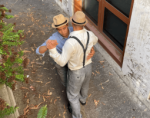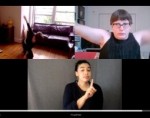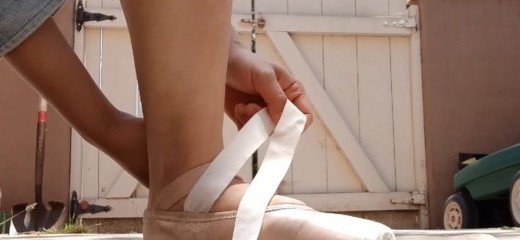
Loose ribbons
by Kara Nepomuceno
Turning Pointe author Chloe Angyal, a trained sociologist and journalist, conducted nearly 100 interviews with ballet students, teachers, and artists. These interviews speak to both loving ballet and navigating the violence embedded in its foundations.
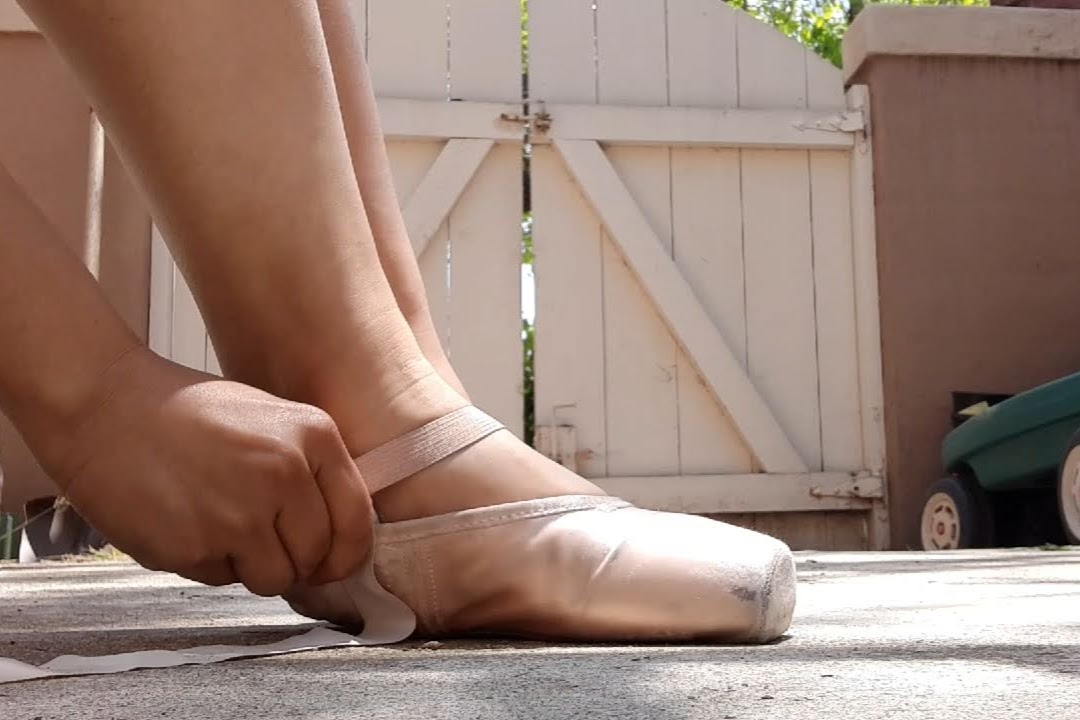
Image description: A light pink pointe shoe fitted on a tan foot, with a white wooden gate in the background.
I haven’t worn these shoes in a long time. They were hammered, softened, willfully remolded to my feet. They still pinch. I take the satin in my brown hands, wrap it ‘round and under. Feel the squeeze.

Image description: A hand drawing a satin ribbon across the foot.
To celebrate the book’s release in early May, Angyal gave a virtual reading and talk at Iowa City’s Prairie Lights bookshop, in conversation with writer Brandon Taylor. Taylor deftly guided the conversation to the ways oppression emerges from the book’s varied interviews. Angyal pointed to a common feeling of “ballet logic,” the expectation of suffering that perpetuates multiple oppressions at the barre and on stage.
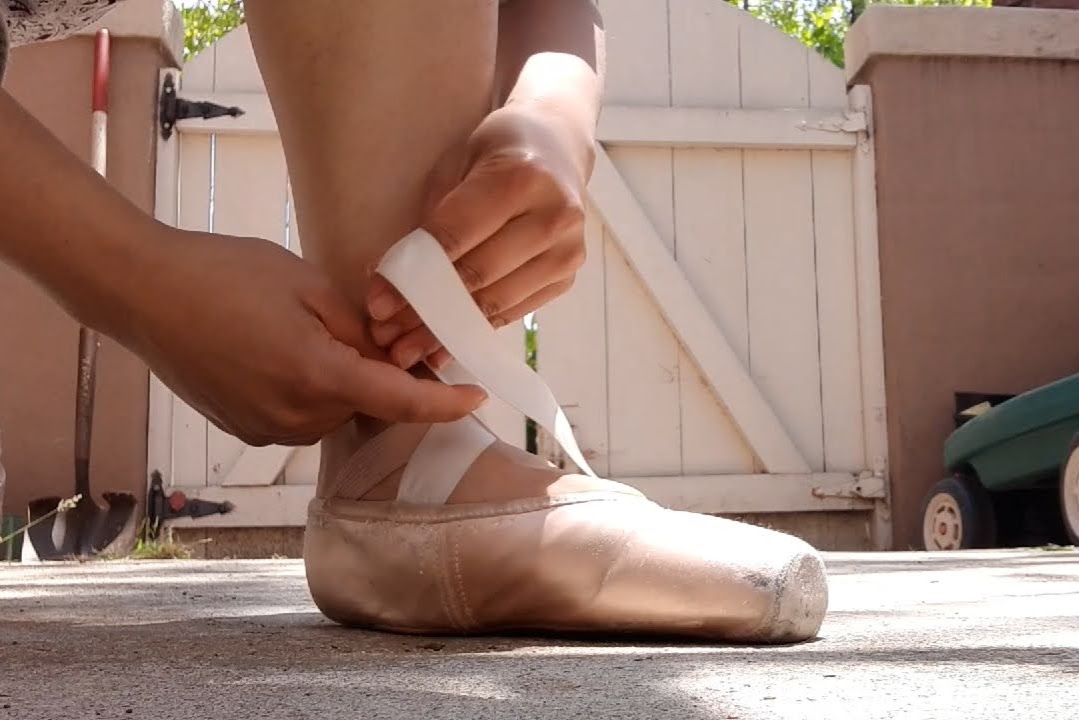
Image description: Two hands meet at the ankle to pull the outer ribbon across the leg.
I first learned “ballet logic” from my mother, a former soloist of Ballet Philippines and a teacher herself. I grew up with her stories of fear: food restriction, skin whitening, and more. I also heard her joy, ballet as a portal to magic and beauty.
Mom always helped me buy pointe shoes, drawing on her years of expertise. But my shoes never quite fit. They were painful, slipping off no matter what I tried: thick elastics, rosin-dipped heels, hairsprayed ribbons.
Years later, I found out my shoes were a half-size too small, and one size up solved the problem. I felt both relieved and upset; I had long blamed myself for the discomfort. I was told it was normal for a flat-footed pinay in pink tights.
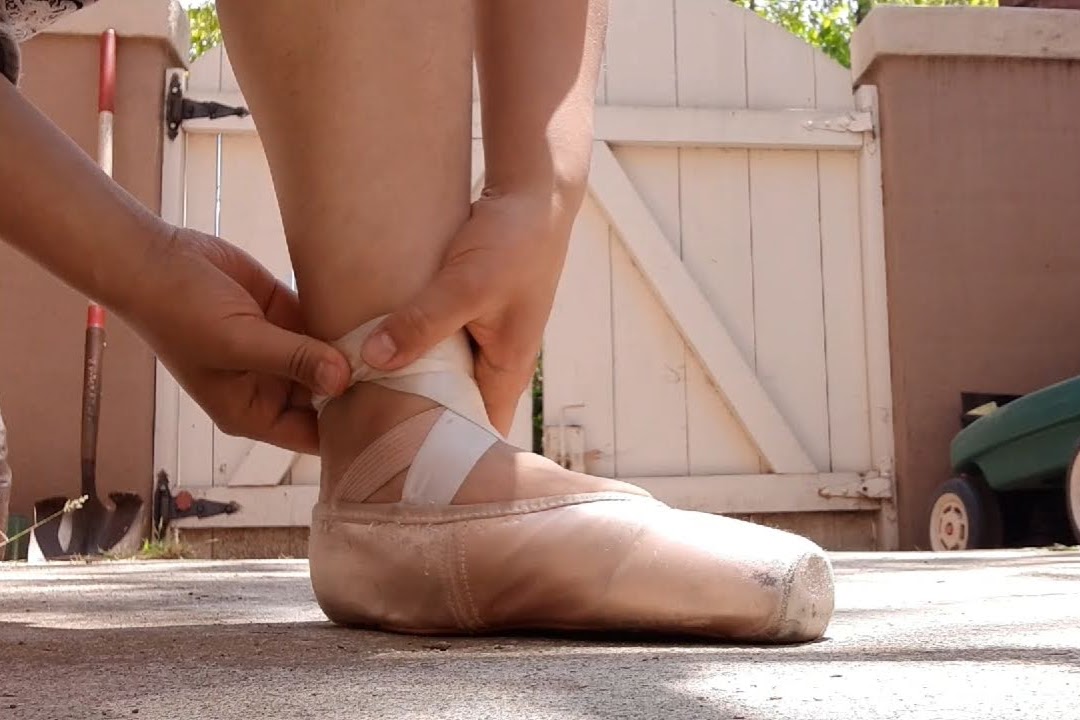
Image description: Thumbs press a knot into place beneath crossed ribbons.
At the reading, Taylor observed how Angyal “wouldn’t just write ‘Name … who is Black,’ but also ‘Name, who is white …” The book aimed to de-normalize whiteness in ballet by naming. Angyal noted each interviewee’s racialized identities to undo expectations of “white” as default. The ideas are presented and written in a way that general audiences can access. The book also cites and builds on the immense research of Black scholars, artists, and writers (Brenda Dixon Gottschild and Theresa Ruth Howard to name just two).
In a review of the Netflix show “Tiny Pretty Things,” Gregory King points to over 20 years of work from Black artists and scholars calling out white supremacy in ballet. Despite their efforts, “the shift has been paltry.” Angyal’s interviews show the form is a tight kind of love, a shoe that seldom fits. Why has nothing changed, despite decades of Black critical labor?
Subtitled “How a New Generation of Dancers is Saving Ballet from Itself,” the book describes how ballet must change to survive “and forge a path into a more socially just future.” Angyal told the Prairie Lights audience that “if we can fix ballet [and over] 400 years of tradition, we can do anything.” In an earlier interview, she shared she felt hopeful about people’s ability to both love and intentionally leave the art. “They will say, ‘I'm not being treated well in this relationship. I'm leaving.’”
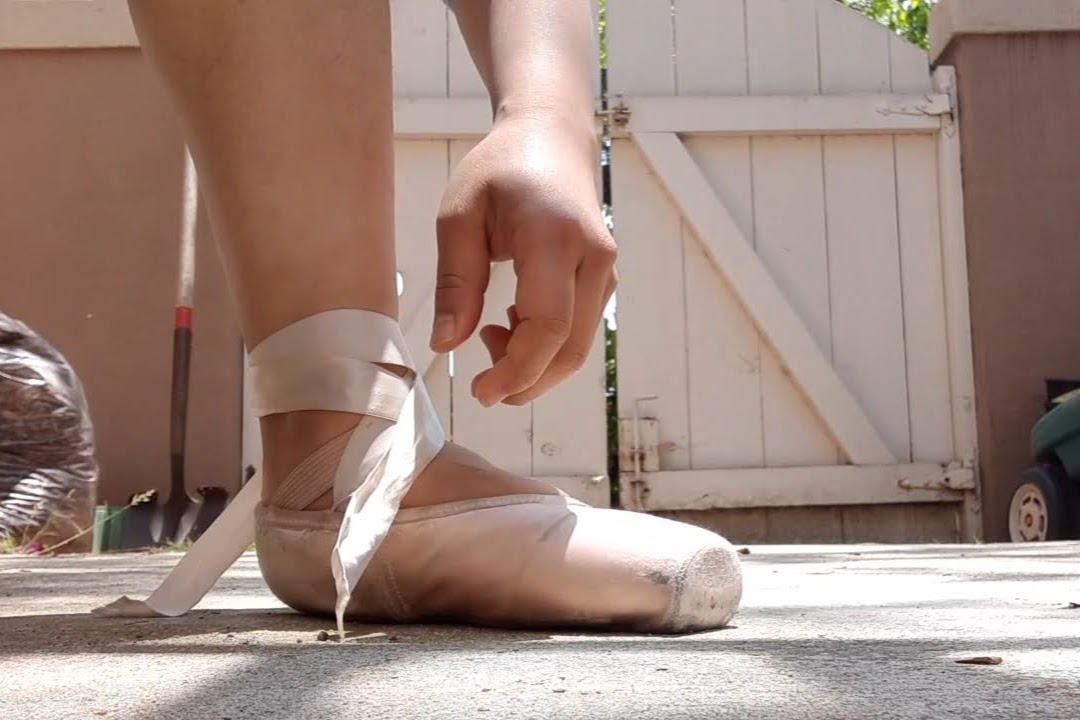
Image description: Ribbon ends hang loosely on the ground. A hand reaches just above the foot, as if to fix it.
Loving and leaving what does not treat me well, within ballet or other institutions, seems not only a source of hope but a mode of survival. In this vein, a “more socially just future” reaches beyond drastic changes in the ballet’s foundations. It requires centering the well-being of Black and Brown bodies over the survival or relevance of the art. If ballet survives, it must utterly transform to address the white supremacist foundations at its root.
Angyal affirms King’s critique that ballet has been slow to change. “Ballet is much like the real world,” Angyal said, or rather, an extension of it. A world which continues to grapple with race, gender, ability, and power in its varied forms. In this past month, struggles for sovereignty, from Palestine to Papua, have demonstrated that such movements are bound with our right to bodily autonomy, to freedom of movement and expression.
As I listen to the book’s opening chapter, that rush of recognition, anger, and relief flow through me, the memory of normalized pain. Turning Pointe invites many more voices into the vital conversations needed in ballet. And such shifts will not be achieved by change in the field alone. A more just world will require abolition and decolonization in all forms, a future where no body is commodified, incarcerated, disappeared, wrong. One where all bodies can move freely.
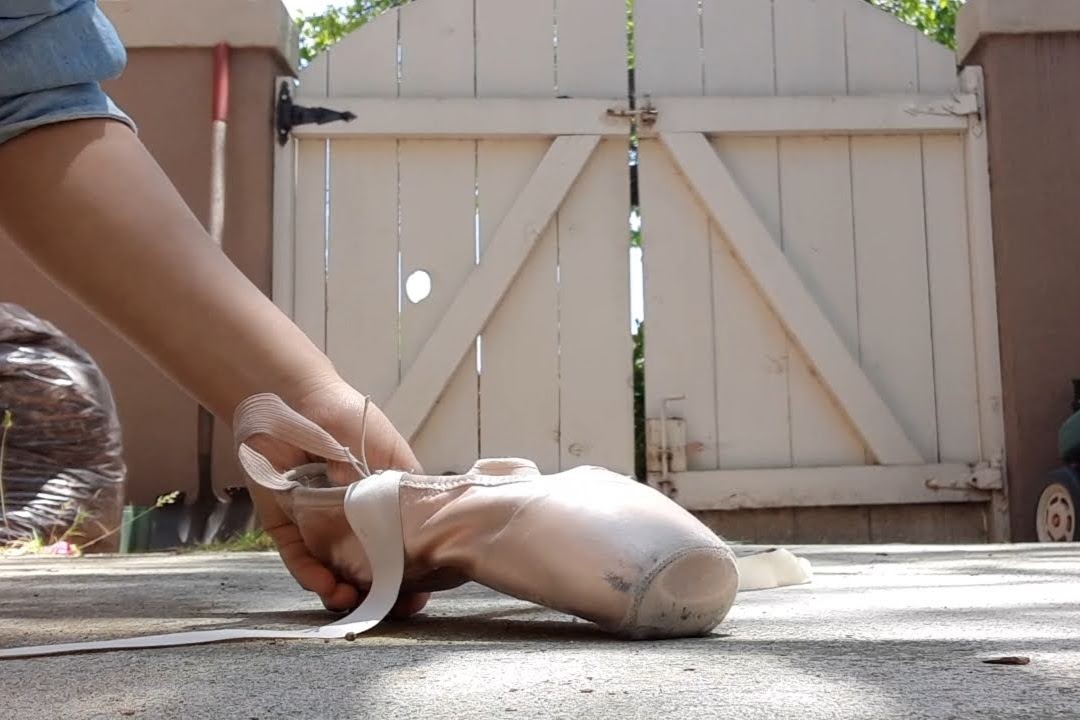
Image description: A hand in a blue sleeve lightly holds the heel of a pointe shoe on gray cement, as if to leave it there.
I knot the satin ribbons, pinching past and present to my skin. Then I loosen them again, let them fall.
Chloe Angyal in conversation with Brandon Taylor, Prairie Lights Books, May 10.
By Kara Nepomuceno
May 30, 2021



